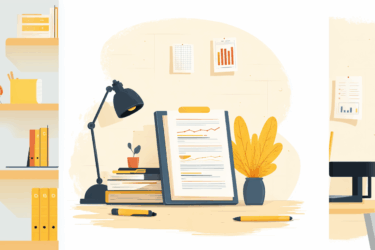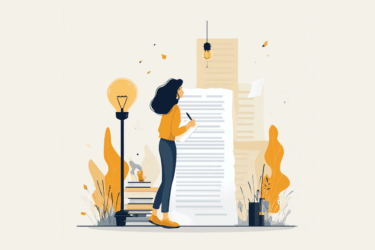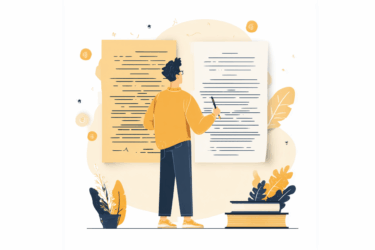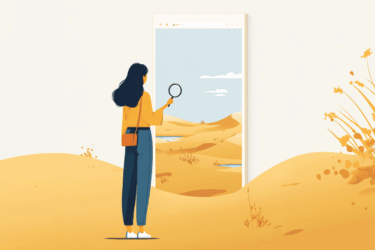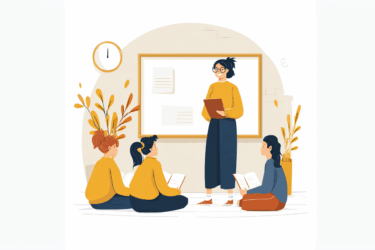All the colloquiums, tests, and rules are just instruments intended to bring up independent, sharp minds who will shape our future. For this reason, when facing academic cheating, we want to address the root of the problem instead of simply punishing the student for misbehavior.
While an accurate plagiarism check is an essential step in assignment processing, we should keep in mind that plagiarism is a serious accusation. Before pressing charges, we should study the situation carefully and remember that cases of accidental plagiarism are possible.
What is unintentional plagiarism
Let us be honest: unintentional plagiarism is still plagiarism, and one has every right to refuse to waste time checking unoriginal writing. However, we believe context matters as much as the text, especially considering some regular study works rather than research publications or final exam papers.
So, unintentional plagiarism happens. It occurs when the student accidentally repeats the ideas already expressed by someone, forgets to cite the sources, and takes the concepts for their own.
While accidental copying is still a problem and a violation, we believe it should be treated differently than deliberate misconduct, as by addressing it properly, we can help the student avoid such a mistake in the future.
How to detect unintentional plagiarism
A reliable plagiarism detection tool is an efficient way to uncover copying. The service will find matches with any Internet pages or publications in the database, as well as sources from your customized library. Moreover, you can follow the links to the sources, compare them to the paper, and analyze the situation. How can we distinguish accidental plagiarism from intentional cheating?
- Consider the percentage of plagiarized content. Study the matching parts of the paper: the entirely plagiarised essay or a few matching paragraphs lead to different conclusions.
- Study the history of the document. The extension by PlagiarismCheck.org called Integrito enables one to get an Activity Report demonstrating the way the student composed the essay on Google Docs. You can observe the author naturally writing the text step by step or pasting a piece of content in one click, which can provoke further analysis.
- Talk to the student. Ask about the sources they studied, invite them to discuss the material, and request some notes or drafts. Be honest about the suspicion of plagiarism and consider the student’s arguments.
How to prevent students from accidental plagiarising
Sometimes, the ethical norms we cultivate are more significant than the facts and dates we teach. Here are some ideas on how to help your learners evade plagiarism issues.
- Educate on plagiarism. Explain not only the consequences but also the reasons why plagiarism is unethical. Inform your students about the risk of accidental plagiarism and the ways to steer clear of it.
- Encourage the use of the Citation Generator while researching. The Citation Generator tool makes the reference formatting quick and easy, allowing the students to make notes while studying the subject instead of postponing the Reference List until they complete the paper. This way, they minimize the risk of forgetting or missing out on some sources.
- Warn against AI plagiarism. Tools like Chat GPT or Google Bard are the reality we need to adjust. Instead of denying these new instruments, we might want to educate the students (and ourselves!) on how to use AI in studying ethically. The students should also be aware that asking AI to generate the assignment is not only cheating, but they also risk getting plagiarised work. Chat GPT detector helps teachers trace probable machine-generated text, uncovering the most common ways of academic cheating.
- Invite to check for plagiarism. They say we learn from our mistakes, so let your students correct their essays before submitting them! Using a plagiarism check tool will deepen the students’ understanding of plagiarism, improve their writing and editing skills, and help them get better results much faster. (Nice bonus: you’ll have less work checking the copied essays and more fun reading bright original papers!)
PlagiarismCheck.org is here to support teachers and students on their way to independent thinking and academic honesty. Discover all the opportunities we offer right now!


